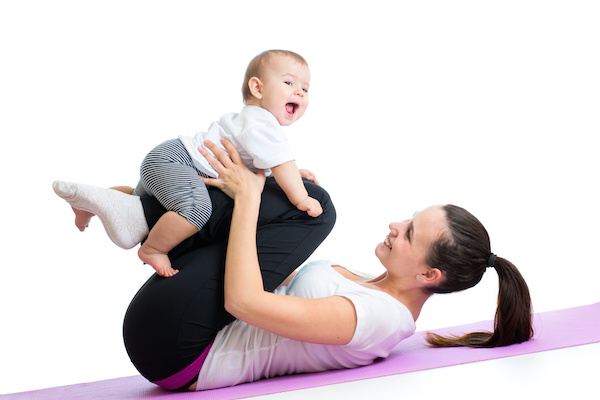
TUESDAY, June 14 (HealthDay News) — For pregnant women, reducing the risk for stillbirth may be as simple as sleeping on their left side, New Zealand researchers suggest.
In fact, women in the study who didn’t sleep on their left side had twice the risk of having a stillborn infant, the researchers noted.
Overall, “the increase in risk [from right-sided sleeping] is small for the individual,” stressed lead author Tomasina Stacey, a graduate student in the department of obstetrics and gynecology at the University of Auckland. However, “as many women do not sleep on their left side in late pregnancy, it may have an important impact on a population level,” she reasoned.
“This is a new and potentially exciting hypothesis, but further research is required before all women are advised to sleep on their left side in late pregnancy,” Stacey concluded.
Experts say improved blood flow to the fetus might play a role in any benefit of left-sided sleep, although that remains a theory.
The report is published in the June 14 online edition of the BMJ.
For the study, the researchers interviewed 155 women who delivered a stillborn baby at at least 28 weeks’ gestation. They compared these women with 310 pregnant women with typical ongoing pregnancies.
The women were asked about their sleep position during the last month of their pregnancy, the last week of their pregnancy, and on the night they believed the stillbirth occurred.
In addition, the women were asked about snoring, daytime sleepiness, if they regularly slept during the day during the last month of pregnancy, how much sleep they got at night and how many times they got up to use the toilet at night.
The researchers found no connection between snoring or daytime sleepiness and risk of late stillbirth.
However, women who slept on their back or on their right side on the night before a stillbirth were twice as likely to have a late stillbirth, compared with women who slept on their left side.
The absolute increase in risk of stillbirth to any one woman remained small, however: Stillbirths occurred in 1.96 per 1,000 cases among women who slept on their left side, versus 3.93 per 1,000 cases for those who slept in the other positions, the investigators found.
Women who got up to use the toilet once or less on the last night of their pregnancy were also more likely to have a late stillbirth, compared with women who got up more frequently, the researchers added. And there was a significant link between sleeping regularly during the day and late stillbirth risk, and also longer-than-average sleep at night, the authors said.
Still, Stacey was quick to point out that “an observational study such as this cannot determine cause-and-effect but it has identified an area that urgently requires further exploration.”
Lucy Chappell, a clinical senior lecturer in Maternal and Fetal Medicine in the division of women’s health at King’s College London and author of an accompanying journal editorial, said that “this is an interesting finding, but we should be cautious about making a large jump to saying that this is the cause of stillbirth. And we should not rush out to run a large campaign to say pregnant women should sleep on their left side.”
Chappell noted, however, that there are biological reasons that could support the finding. “We have long believed that blood flow to the baby, womb and placenta may be better when pregnant women are on their left,” she said.
Study coauthor Ed Mitchell, professor of child health in the department of pediatrics at the University of Auckland, believes the finding might help cut the number of stillbirths.
“If this finding is real and there is a causal relationship between maternal sleep and stillbirths, then the rate of stillbirths might be reduced by a third, which is tremendous given that the rate of stillbirth has hardly changed over the last 20 years,” he said.
More information
For more information on stillbirth, visit the March of Dimes.

